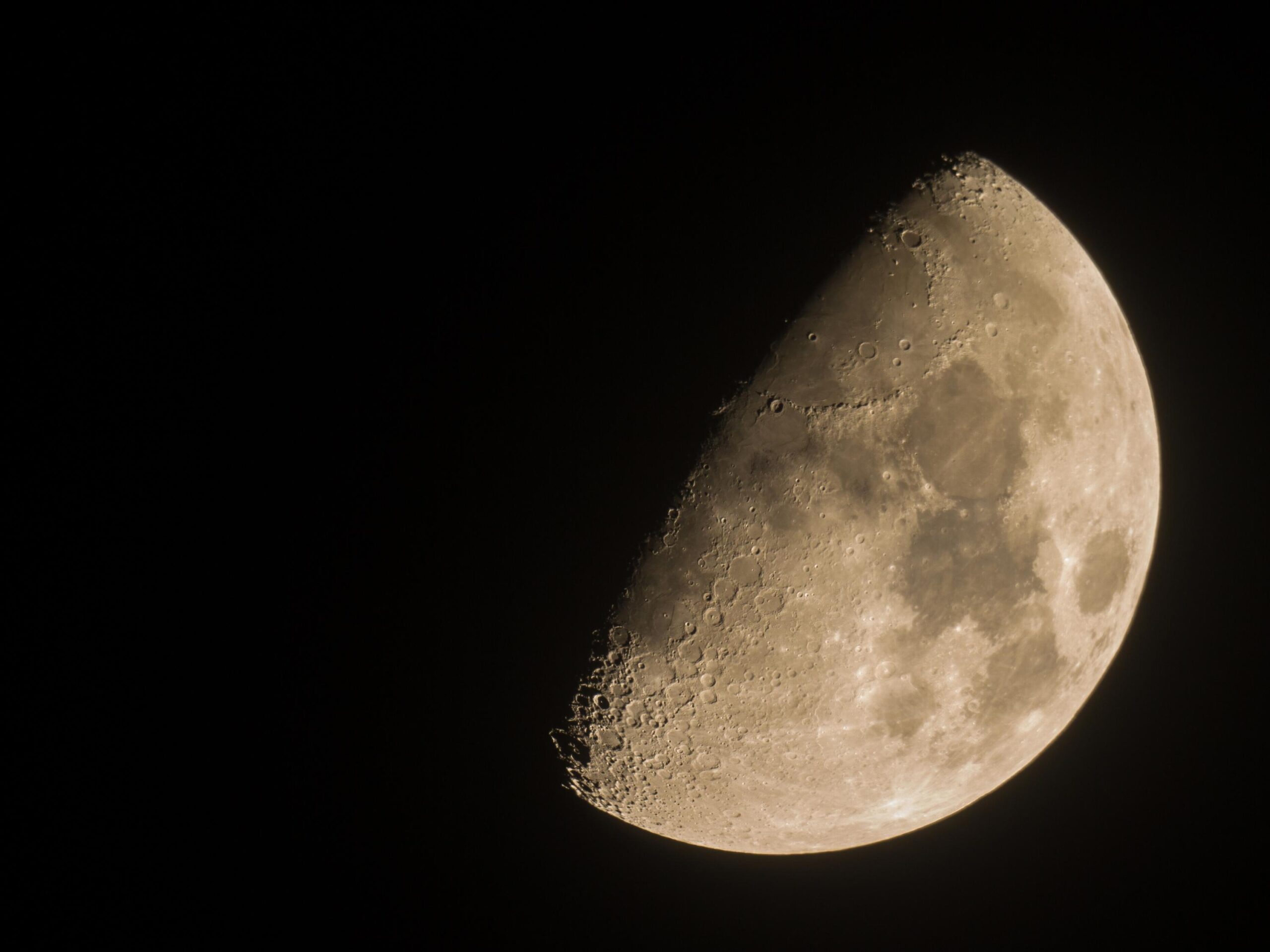
The Crimson Moon Rises: A Total Lunar Eclipse to Grace the Skies in March 2025
Mark your calendars, astronomy enthusiasts! A spectacular celestial event is on the horizon, one that promises to paint the night sky in hues of red and orange. On March 14th, 2025, the Earth will play cosmic choreographer, orchestrating a total lunar eclipse, the first since a gap of two years. This breathtaking phenomenon, often dubbed a "Blood Moon" due to its characteristic color, will offer a captivating spectacle for skywatchers across the globe.
The science behind this lunar ballet is straightforward yet mesmerizing. A lunar eclipse occurs when the Earth positions itself directly between the Sun and the Moon, effectively casting its shadow upon our celestial neighbor. This alignment deprives the Moon of direct sunlight, leading to its temporary dimming and transformation in color.
However, the Moon doesn’t simply disappear into darkness. Instead, it takes on a mesmerizing reddish-orange glow. This captivating color is due to a phenomenon known as Rayleigh scattering. As sunlight passes through Earth’s atmosphere, shorter wavelengths like blue and violet are scattered away. Longer wavelengths like red and orange, however, are able to bend around the Earth and reach the Moon’s surface. This filtered light bathes the lunar surface in a warm, ethereal glow, creating the iconic "Blood Moon" effect. The intensity of the red color can vary depending on the amount of dust and cloud cover present in the Earth’s atmosphere.
The beauty of a lunar eclipse lies in its accessibility. Unlike solar eclipses, which require specialized equipment to view safely, lunar eclipses are perfectly safe to observe with the naked eye. This makes it a truly democratic astronomical event, accessible to anyone with clear skies and a sense of wonder. No special filters or precautions are needed to marvel at the Moon’s transformation.
The visibility of the total lunar eclipse on March 14th, 2025, will vary depending on your location. Residents of North and South America are in for a treat, as they will be ideally positioned to witness the entire eclipse from start to finish. They will see the Moon gradually enter the Earth’s shadow, transform into a crimson orb, and then slowly emerge back into the sunlight.
In Europe, however, the eclipse will only be visible as a partial eclipse. This means that viewers will only see a portion of the Moon entering the Earth’s shadow. Nevertheless, even a partial lunar eclipse can be a stunning sight, and the opportunity to witness the Moon bathed in a reddish hue is not to be missed. With clear weather, the reddish part of the moon should be noticeable and pleasing to the eye.
For those in Metropolitan France, the western regions, particularly Brittany, are expected to offer the best viewing conditions. Generally, the Atlantic coast will be a prime location for observing the eclipse. However, if the horizon is clear, the event should be visible throughout the country, both in urban and rural areas.
The lunar drama will begin at 4:57 AM (Paris time) with a gradual decrease in the Moon’s brightness. As the Earth’s shadow begins to creep across the lunar surface, the Moon will appear to dim, marking the initial stages of the eclipse.
For those seeking truly pristine viewing conditions in France, consider venturing to regions known for their dark skies, such as the Quercy area. This region boasts some of the darkest skies in the country, offering an unparalleled opportunity to observe the celestial wonders with minimal light pollution.
The most spectacular phase of the eclipse, when the Moon begins to immerse itself in the Earth’s shadow and takes on its coppery hue, will occur between 6:26 AM and 7:31 AM. This crucial timeframe is when the “Blood Moon” effect will be at its most prominent, so be sure not to miss it! The transition will be swift, so alertness is key to witnessing the full splendor of the event. The peak of the eclipse is expected at 7:58 AM, and the entire phenomenon will conclude at 9:47 AM.
Beyond Europe, the best vantage points for observing the total lunar eclipse include Quebec (the only French-speaking territory where the entire eclipse will be visible), Chile, Argentina, the southwestern United States, Mexico, and the Canary Islands. So, if you happen to be traveling in these regions, be sure to take advantage of the opportunity to witness this celestial spectacle.
While a naked-eye view of the lunar eclipse is captivating in itself, enhancing your viewing experience is easy. A pair of binoculars can bring the lunar surface into sharper focus, revealing subtle details and textures. For those with a deeper interest in astronomy, a telescope can provide an even more immersive experience, allowing you to observe craters, mountains, and other lunar features with remarkable clarity.
If you opt for using a telescope, be sure to adjust it carefully to achieve a full view of the lunar disk. This will ensure that you capture every detail of the eclipse, from the initial dimming to the vibrant "Blood Moon" phase.
Fortunately, this astronomical treat won’t be a one-off event. Another lunar eclipse is scheduled to occur relatively soon, on the night of September 7th to 8th, 2025. This second eclipse will also be visible from Europe, although the best viewing locations will be in Spain, Australia, Namibia, and South Africa. This provides a fantastic opportunity to plan a trip centered around astronomical observation.
So, mark your calendars, prepare your viewing equipment, and get ready to witness the breathtaking spectacle of the total lunar eclipse on March 14th, 2025. It’s an event that promises to ignite your sense of wonder and connect you to the vastness and beauty of the cosmos. And don’t forget to keep an eye out for the lunar eclipse in September 2025 for another chance to witness the Moon’s celestial transformation! This is an opportunity to travel somewhere unique to view such a sight.
